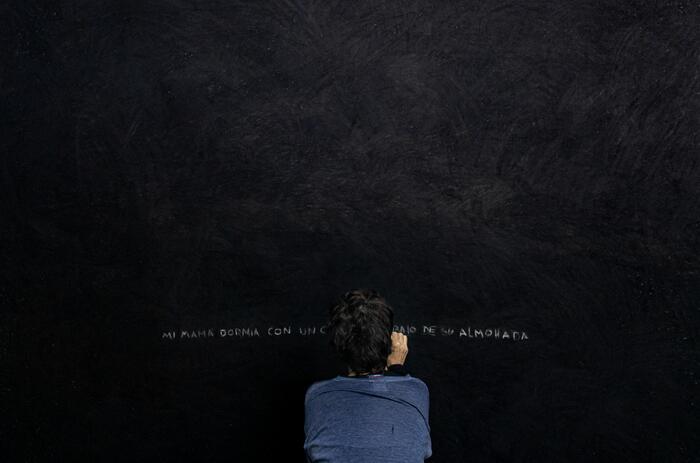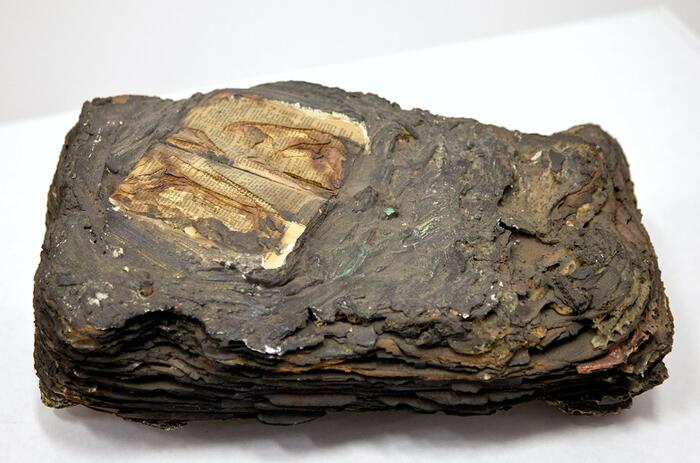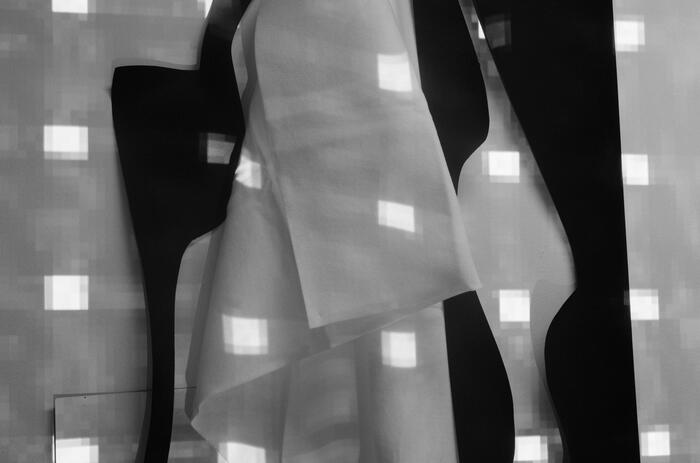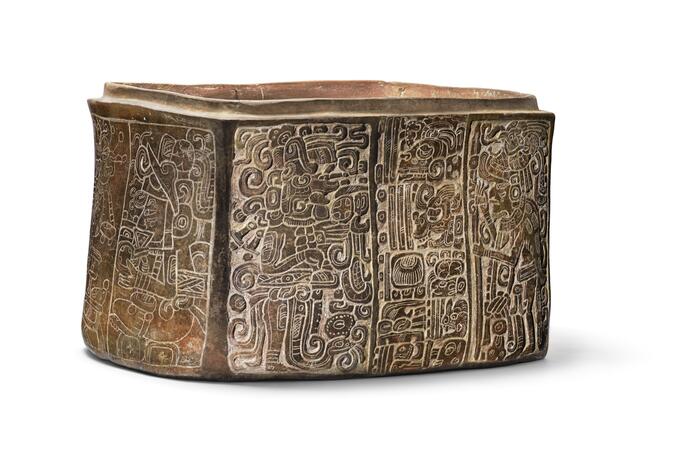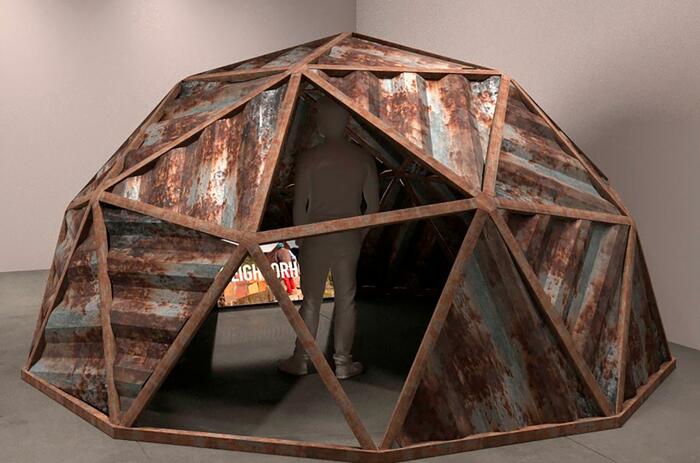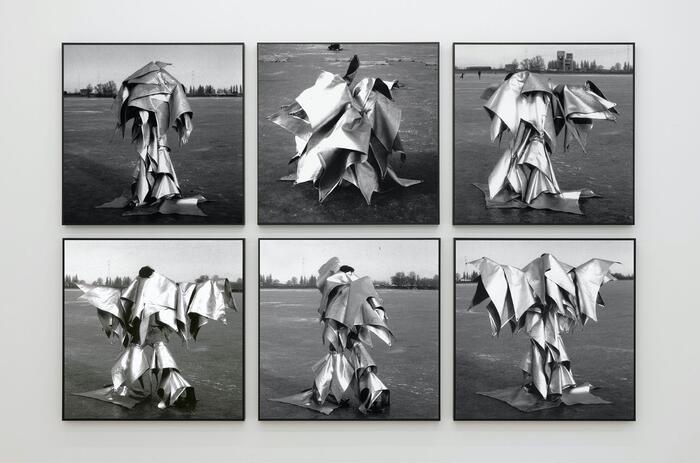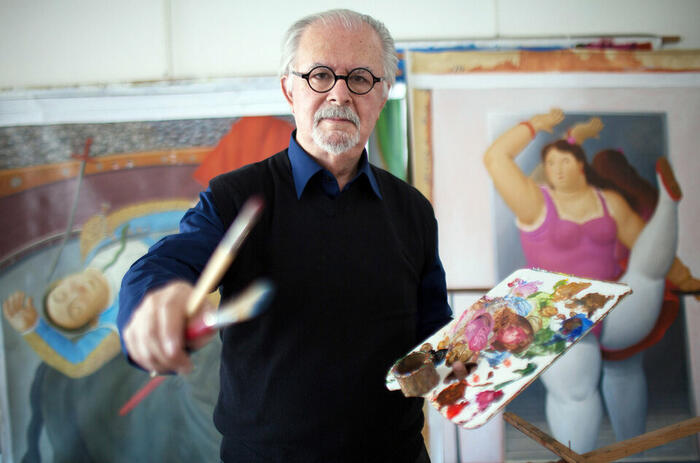INTERVIEW WITH LEÓN TOVAR: TRAJECTORY AND VISION OF AN OUTSTANDING ART DEALER
León Tovar was born in Bogotá, Colombia, and is a prominent curator, expert, and collector dedicated to promoting and disseminating Latin American art worldwide. He has curated numerous exhibitions and collaborated with important international museums and galleries.
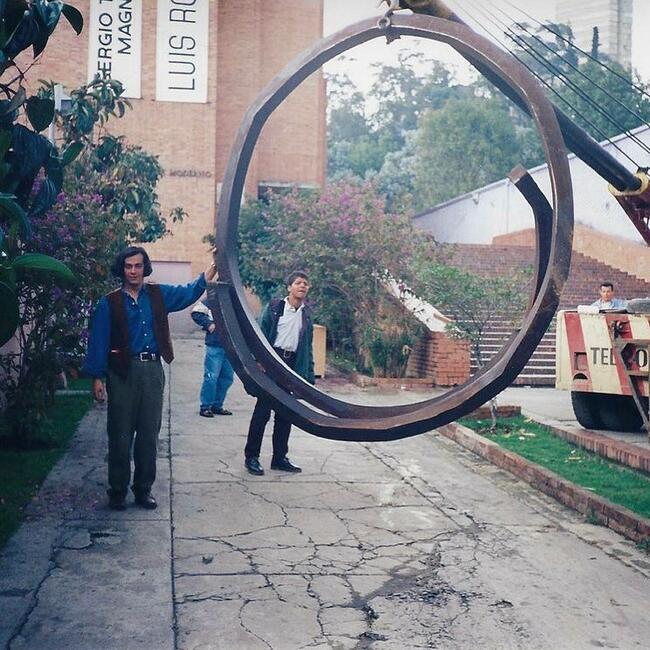
With a focus on modern and contemporary art, Tovar founded his own gallery, León Tovar Gallery, currently located in New York, where he specializes in trading works by both American, European, and Latin American artists belonging to private collectors, galleries, and museums.
As a significant influence in modern and contemporary art, he shares his philosophy and reflections on art consumption today, delving into the environment of art fairs, the implications of exhibiting in this context, and the changes that have occurred in recent years when participating in them.
First part: Galleries
What inspired you to open your own gallery? What is the essence behind the gallery?
I opened my first gallery around 1991, simultaneously with the first art fair in Bogotá. My inspiration went beyond taking Colombian artists abroad; it was a sort of individual process aimed at bringing internationally renowned artists from the conceptual, minimalist, and geometric line to the local audience. The motivation was always to showcase in Colombia the most important things happening worldwide.
Why did you decide to move the gallery to New York, and how was the process with the artists who would be part of it?
After nine successful years in Colombia, the socio-political and security situation led me to make the decision to move the gallery to New York. Colombia was going through one of its worst moments in the mid-1990s. Besides, I had already been working intermittently with New York and always considered it a challenge.
What was the social context in New York at the time of establishing a gallery of Latin American modern art? How was it received?
At that time, the United States was experiencing an economic boom led by the Clinton administration, which had a very positive impact on the city of New York. The gallery and its program of Latin American modernism quickly received a magnificent acceptance, as reflected in positive press coverage from magazines such as ARTnews and Forbes, including the New York Times and countless specialized media outlets.
What changes do you observe over time in the way art is sold?
Undoubtedly, over the years, art fairs have accounted for a very high percentage of a gallery's annual sales. In the past, one would participate in one, two, or three fairs per year, but nowadays a gallery that wants international recognition needs to participate in more than 6 or 7 annual fairs.
On the other hand, especially after the pandemic, virtual sales have become a reality. Collectors, buyers, gallery owners, and traders have learned to make virtual purchases, which has become a very important sales segment for galleries, something that was unthinkable before.
Second part: Fairs
What criteria do you base your selection of fairs to exhibit in?
We always look at the quality of the fair in our segment. For me, it is very important that the galleries participating in the modernism segment are of high quality, with an indisputable reputation and seriousness. These are some of the multiple reasons why one decides which fair to participate in.
Other reasons include the gallery's program disclosure compliance, compatibility between the fair and the gallery's line of work, and finally, the type of audience the fair attracts. We always seek to find an audience with a high level of collecting expertise and knowledge, but we are also ready to explore new markets in countries with a strong economic performance.
What do fairs provide compared to other exhibition or trade dynamics?
Fairs essentially provide a gathering of collectors from all over the world, who come together in a single venue for three or four days to choose what they want to buy. In individual exhibitions at a gallery, only local people or visitors to the city are received. Additionally, fairs are also a great source of information to stay updated on the market at all levels.
How do you plan exhibitions at fairs?
Market research is conducted to select the type of artists to promote from the program. Generally, planning takes place months in advance, taking into consideration logistics, transportation, accommodations, and everything involved in participating in a fair.
Do you consider yourself a representative of your region or Latin America when exhibiting at international fairs?
We are seen as a reference for Latin American modernist trends, canons, and markets, which makes us very proud, but without losing sight of our objective to be on equal footing with other global markets.
Have you noticed any changes in fairs post-pandemic? What about the audience?
Definitely, with some exceptions, fairs have become meeting points for collectors, which is very important. However, I have also noticed that, in general terms, VIP programs have distracted from the commercial aspect, which is the main purpose of a fair. In 2023, we have seen an improvement in sales, which is very exciting for us.
On the other hand, global costs and inflation have forced us to recalculate and rethink each fair we participate in.
What do you consider to be the biggest weakness of fairs? Is there any missing ingredient in fairs?
There are several important factors that contribute to the weaknesses of fairs. Not giving the deserved importance to the actual customer, which is the gallery owner, is a mistake. Trying to resemble another fair is also a mistake, as each fair should have its own world, idiosyncrasy, and personality. If they all become the same, collectors only need to attend one fair because they are all alike. It is also very important for committees to prevent galleries from repeating the same exhibitions in every fair, in order to encourage collecting by exploring and discovering new artists and works. Lastly, the VIP program should either be the fair itself or developed within it.

